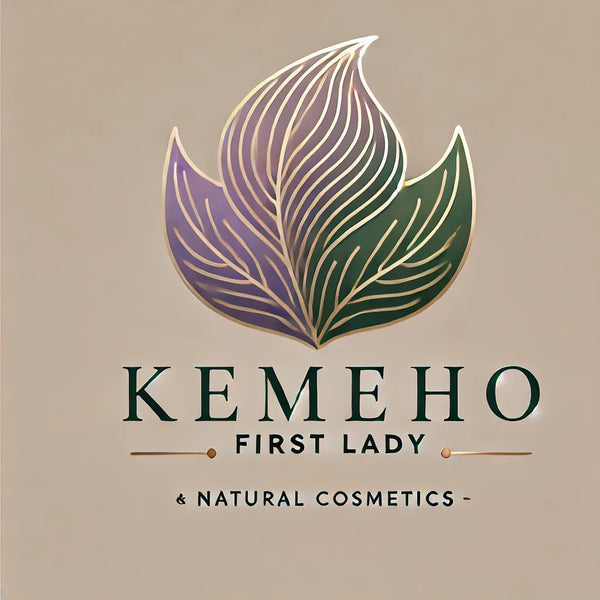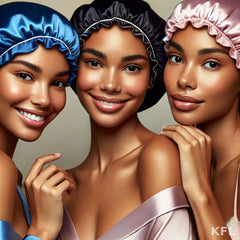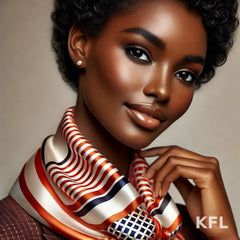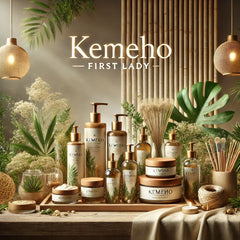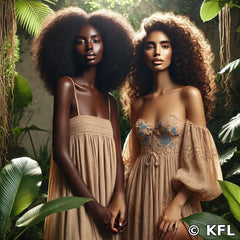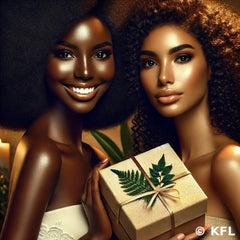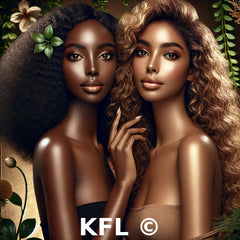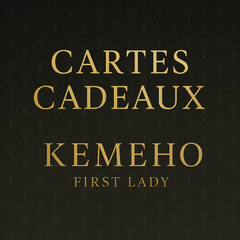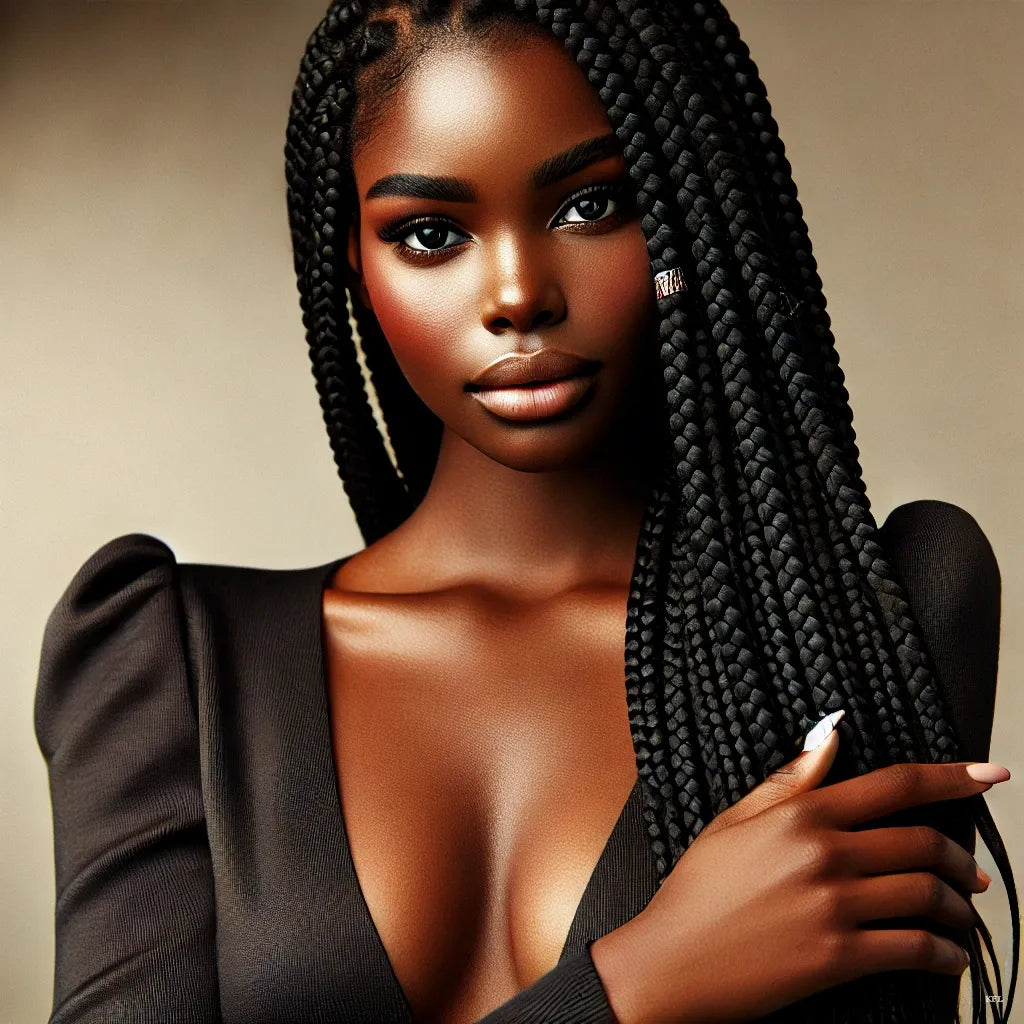
Protective Hairstyles: An Ally for Your Afro Hair
Share Label
Protective Hairstyles: The Key to Healthy Growth for Afro Hair
Protective hairstyles are more than just an aesthetic trend. For afro hair, they are a true care strategy, minimizing manipulation, protecting the lengths, and promoting healthier growth. In this article, we will explore the benefits of protective hairstyles, the most suitable styles, and best practices to maximize their positive effects.
1. Why Adopt Protective Hairstyles?
Afro hair, due to its unique structure, is naturally prone to dryness and breakage. Protective hairstyles help to:
- Reduce Daily Manipulation: By limiting repetitive actions like detangling or brushing, unnecessary tension is avoided, and the health of the hair lengths is preserved.
- Maintain Hydration: Hairstyles such as braids, twists, or plaits help to retain hydration, keeping hair softer and less prone to breakage.
- Protect the Ends: By wrapping or tucking the ends away from friction, split ends are minimized, and length is preserved.
2. The Most Suitable Protective Hairstyles
- Twists: Easy to create and remove, twists protect the hair while maintaining a natural look.
- Flat Braids: Ideal for minimizing manipulation, they also provide a solid base for adding extensions if needed.
- Vanilles (Flat Twists): Elegant and practical, vanilles are perfect for long-lasting protection.
- Buns and Chignons: Simple and quick, a loose bun secured with a pin or satin elastic is an effective solution to protect the ends while remaining chic.
3. Tips to Maximize the Benefits of Protective Hairstyles
- Prepare Your Hair in Advance: Before styling, it is essential to properly wash, hydrate, and seal in moisture with an oil or butter. This ensures that the hair stays nourished throughout the duration of the style.
- Avoid Excessive Tension: Tight hairstyles can cause strain and damage the hair roots. Opt for a moderate tension to prevent traction alopecia.
- Protect at Night: Use a satin bonnet or pillowcase to minimize friction and retain moisture.
- Change Regularly: While protective styles are beneficial, it is important not to leave them in too long. Change your style every two to six weeks, depending on the style, to avoid dirt buildup and give your hair a chance to breathe.
Conclusion
Protective hairstyles are not just a practical solution—they are a true asset for the health of afro hair. By adopting suitable styles and following a few simple rules, you can protect your lengths, maintain hydration, and allow your hair to grow stronger and longer. Try different protective styles, find the ones that suit you best, and integrate them into your hair care routine for visible and lasting results.
